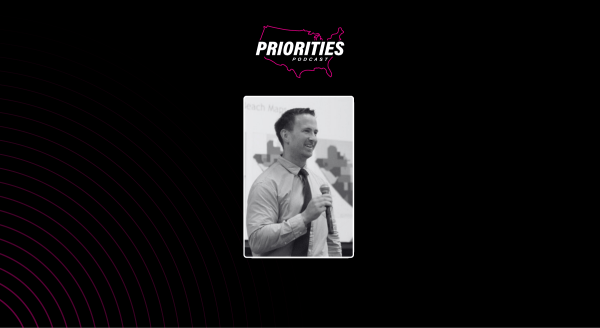
- Sponsored
Sonoma County officials gain notable efficiencies with e-signature tool
Citizens and employees in California’s Sonoma County are experiencing dramatically quicker processing and approval times, following the strategic rollout of a digital e-signature tool, according to county IT officials.
For a county with 41 different departments — serving half a million citizens — the cascading effect of reducing business processing cycles is already delivering promising results, said Jim McKenney, project manager in the Information Systems Department for Sonoma County, during a recent StateScoop podcast.
“We had numerous solutions out there that were ad hoc, and we needed something that was cohesive and supportable for the enterprise,” says McKenney, explaining the impetus behind finding a centralized e-signature solution.
But finding the right uses cases was as important as finding and implementing the right tool, added Carolyn Staats, Sonoma County’s director of innovation in the Information Systems Department.
“Generally, in IT you look for low-hanging fruit [projects]. In our case, what we were really aiming for was exposure and increased funding,” she said, explaining how they went about piloting a digital document-tracking and signature tool they implemented from Adobe.
Staats and McKenney discussed the strategy their department took to meet their goals and how that delivered huge efficiencies for the county in this podcast, produced by StateScoop and underwritten by AWS.
A winning strategy to build buy-in with stakeholders
Staats said that the pilot programs they targeted were the ones that would give them maximum exposure with the county’s employees, citizens and key stakeholders in order to build buy-in to invest further in the e-signature tool.
Staats described how the county initially revamped a paper-based process used by every employee, manager and department head in the county for staff development reimbursement. Moving this process to an e-form and workflow allowed them to demonstrate how simple the implementation process was and how the tool could improve business turnaround time.
The second pilot targeted a public-facing form which citizens used to apply for grants. The process up until involved a lot of manual effort, with a lot of forms to print, scan and email. County officials were able to slash the application processing time from 6 months to just several weeks. depending on the grant, according to Staats.
“The third form we targeted was for the legal side of the house, because we really had been struggling with county council around perceptions about what’s legal […] this belief that ‘wet signatures’ were more secure than electronic signatures, which was a myth that really required a lot of debunking on our side,” explained Staats. The project concentrated on “litigation holds,” which involve county council and multiple county departments impacted by pending or current litigation.
“In having [city council members] be an early adopter in the pilot, they became less hesitant around adopting this technology and really became a great sponsor for the initiative all together,” she said.
Showcasing the solution’s success
According to Staats, the ability to move, track and approve documents digitally using Adobe Sign reduced time needed to complete these business processes, from start to finish, by more than 70%.
McKenney added that just for the staff development form alone, the county saw a return-on-investment of about $209,000 a year. These quick wins allowed them to expand the program to other offices in the county.
McKenney described one example in the Sheriff’s Department. “They had a paper-based process that had to go out to 140 employees to verify various training and that they have attended, such as a fire extinguisher training.”
With Adobe Sign, the county was able to implement a “mega sign” process, where they sent a single form for signature to more than 240 deputies and uniformed staff.
“Within a few minutes, and I say literally minutes, we were getting the documents back. Our turnaround time that was one to two months was reduced down to two weeks,” McKenney said.
Taking a first step to e-signature adoption
McKenney and Staats acknowledged they encountered certain challenges getting buy-in from some departments. There were misperceptions, for instance, around the differences between digital certificates and e-signatures, that stemmed from the tools some departments had previously implemented and required a lot of education, McKenney said.
But he also pointed to the benefits he saw in adopting Adobe Sign, including the fact that the tool is intuitive and simple to use — making the tool easier for users to incorporate into each department’s processes.
“The key point here is, in order to be efficient, you need to understand your business processes. Understanding those processes before you start to digitize them is critically important,” stressed McKenney.
Listen to the podcast for the full conversation on modernizing document processing with e-signature tools. You can hear more coverage of “IT Modernization in Government” on our StateScoop radio channels on Apple Podcasts, Spotify, Google Play, Stitcher and TuneIn.
Learn more about Adobe Sign. This podcast was produced by StateScoop and underwritten by AWS.
Jim McKenney is a veteran systems and data analyst who has worked for state and municipal governments his entire career.
Carolyn Staats has been recognized as a pioneer in AI for her efforts in harnessing data and technology in government. Most recently, she has helped Sonoma County respond to devastating wildfires in norther California.


